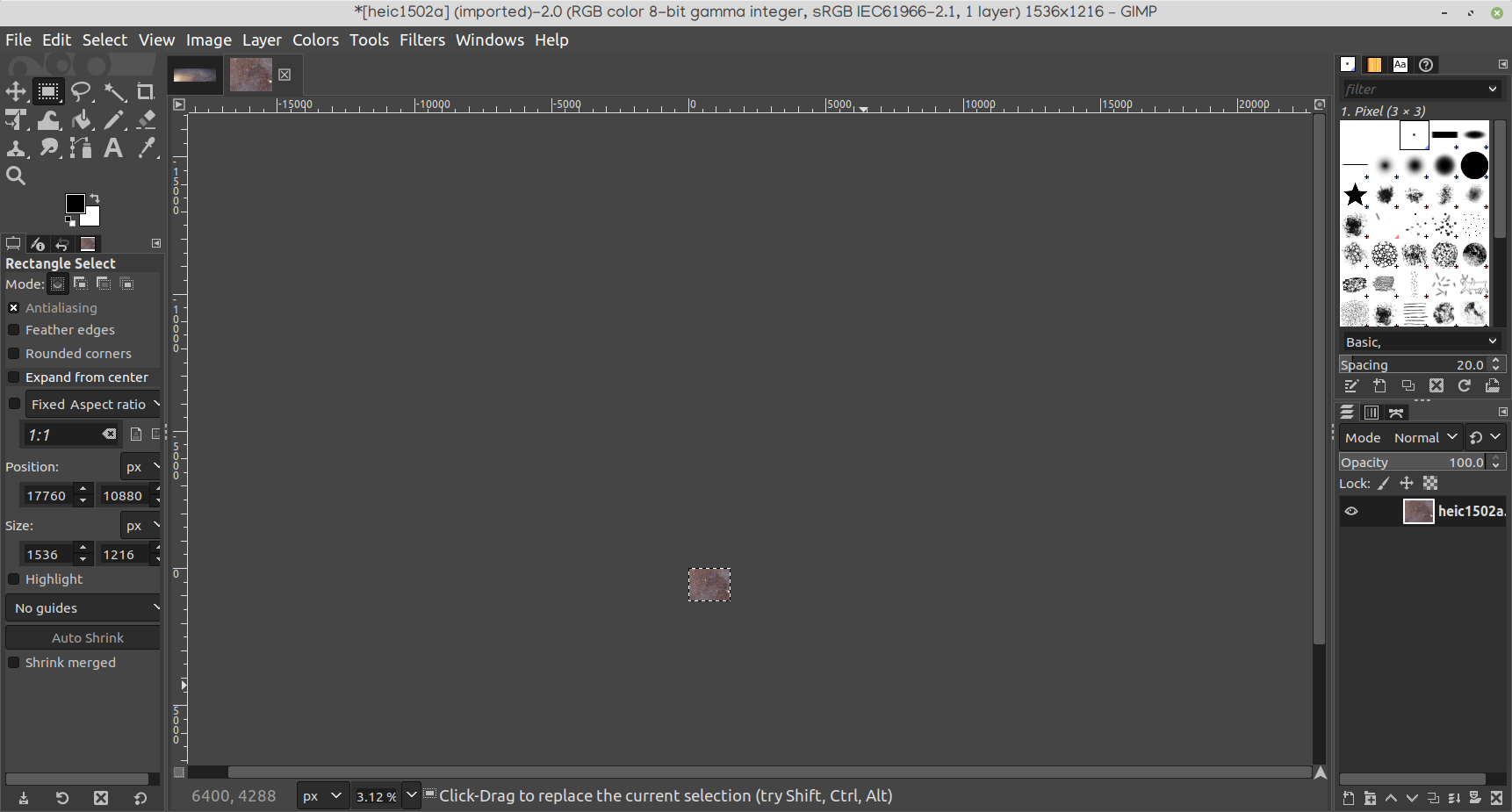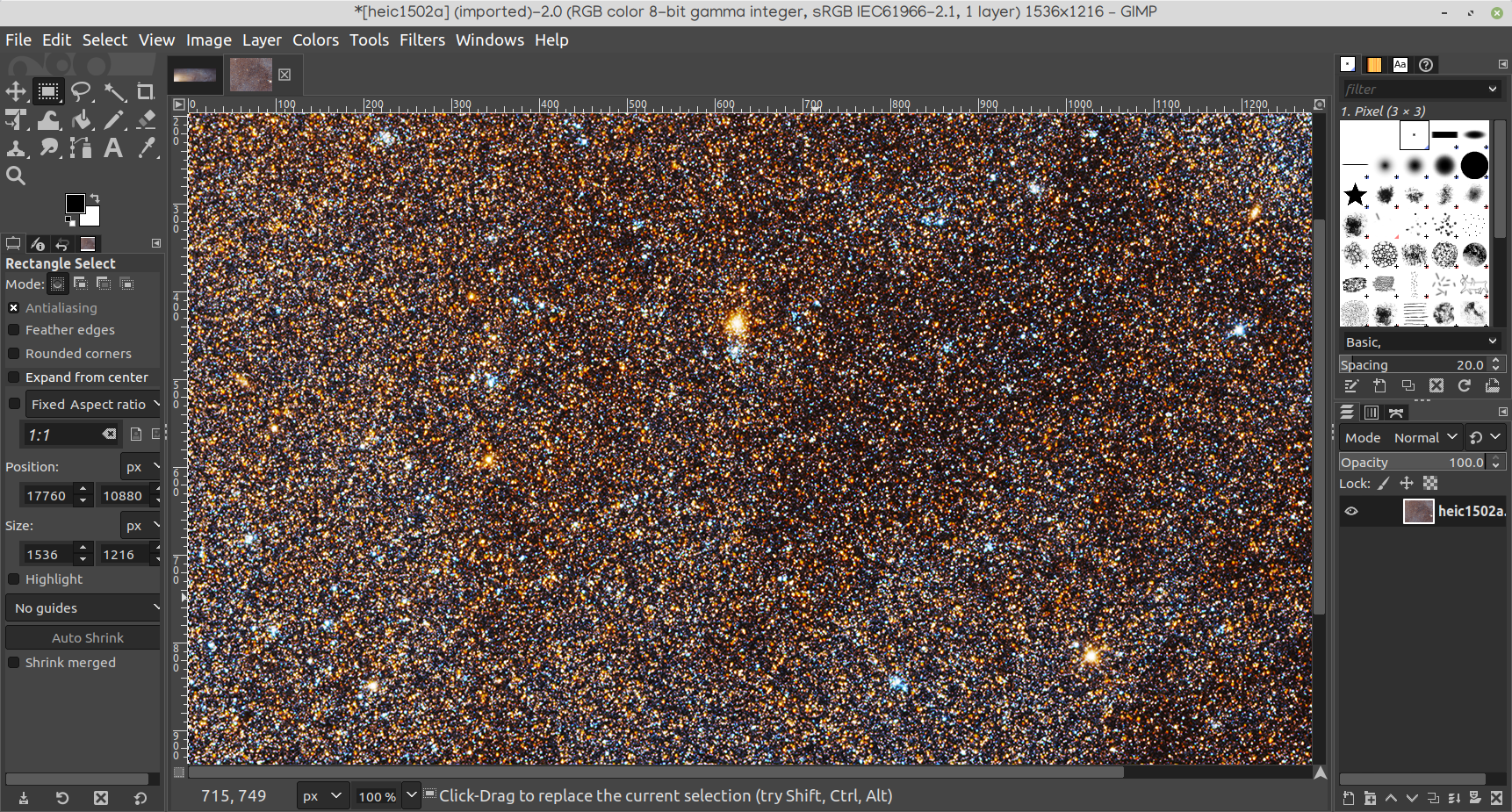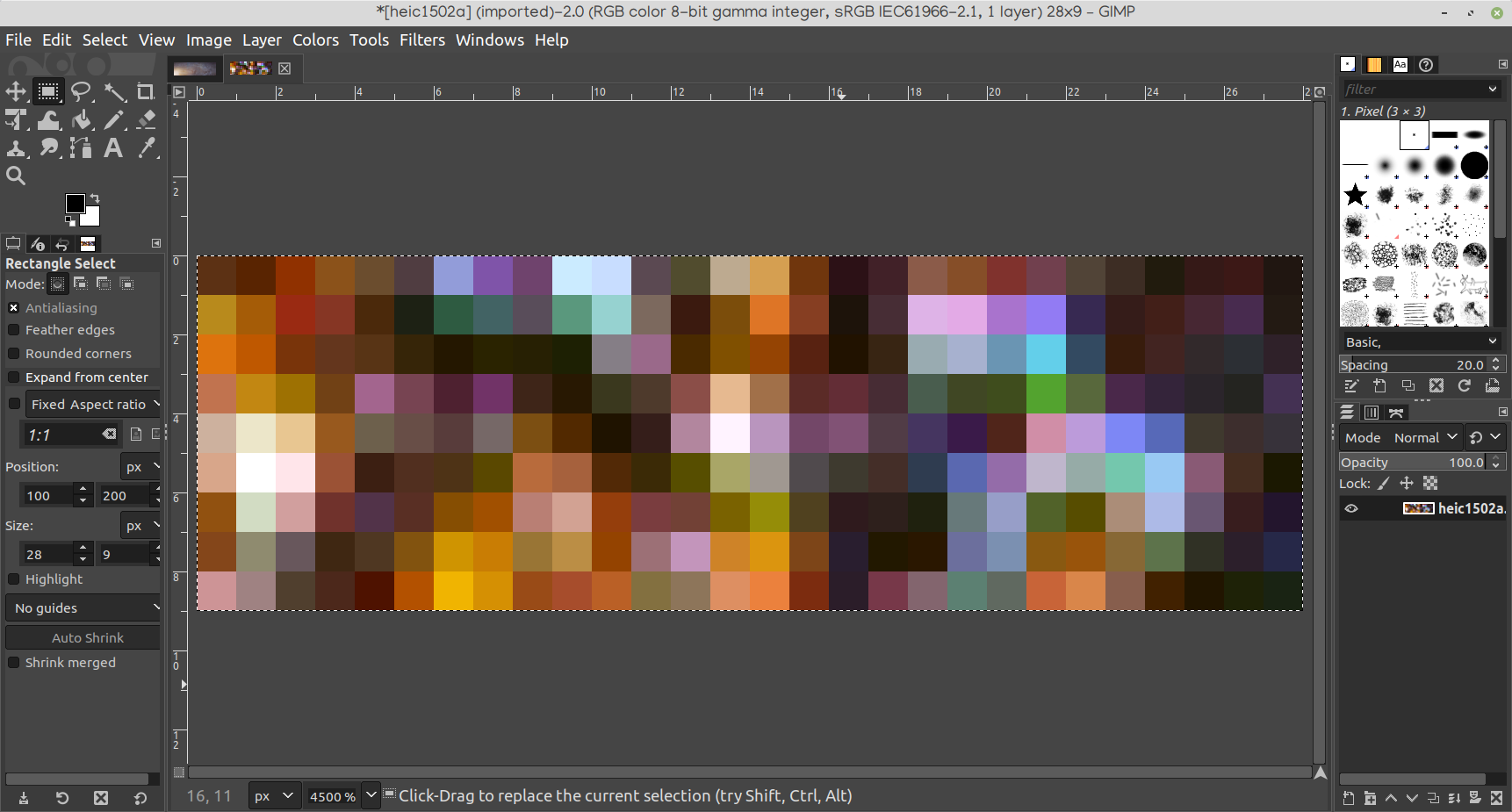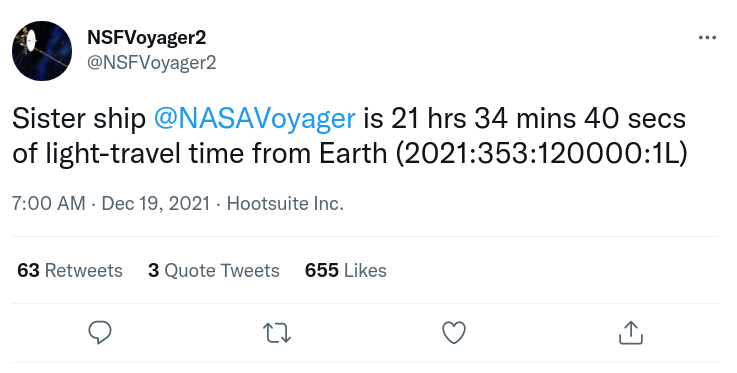Length scales and perspective in the universe
This is something I've thought about quite a bit recently, as I've been using high resolution images of galaxies as desktop background images. The idea in short is, when you look at images of a galaxy

such as the Andromeda galaxy, the one 2M light years from us, and on a collision course in 4B years or so.
Notice the darker patches in this image. These features are larger than a single pixel, and this will be important in a moment. The original image is 40000 x 12788 pixels, and covers about 1/2 of the galaxy. This is important as well.
Key facts about the galaxy are its diameter, about 220,000 light years. A light year is the distance that light travels, in 1 year. Light, in case you aren't aware, travels about 300,000 km/s or 186,000 miles/s. Earth to moon round trip in about 2.5 seconds or so. Earth to sun round trip is about 16.5 minutes or so. Put another way, a light second is a long distance. A light minute or 60 light seconds, is about 18 million kilometers, or about 10.8 million miles.
For scale, automobiles often have usable lives measured in 160,000 km/100,000 miles or so.
Remember, this post is about scale. And interesting things that emerge from images.
A light year is 31.5 million light seconds. Or about 9.4 x 1012 km / 5.7 x 1012 miles. The nearest star to us is around 4.2 light years (ly) away. It takes light from our sun, 4.2 years to get to Proxima Centauri. So, lets keep that number in mind. 4.2 ly, or as astronomers often do, call it ~4 ly (read that as "about 4 light years"). Note, the 10N notation means write N zeros after a 1. 1 million is 106. 1 billion is 109. 1 trillion is 1012. 1 quadrillion is 1015.
The 1.23 x 10N is called scientific notation, and it simply means 1.23 times 100...(N zeros)..000. Remember multiplying by 10 shifts the decimal point "." 1 place to the right. Dividing by 10 shifts the decimal point 1 place to the left. Scientific notation is all about simplifying the number of zeros we have to write. You can turn it into regular notation by writting many zeros before and after the number, and then shifting the decimal point right for positive N or left for negative N. Get rid of the rest of the zeros after the decimal point, and before the number after you are done.
You can enter these numbers into programs, spreadsheets using a few methods. 1.23 x 104 can be entered by writing explicitly
1.23*10^4
or
1.23E4
or
123400
As Proxima Centauri is about 4.2 ly away, this corresponds to 3.95 x 1013 km or 2.37 x 1013 miles away. That's 39.5 trillion km or 23.7 trillion miles. That is an absolutely gargantuan distance.
Back to the resolution of the image. The largest image I could find of Andromeda was 40,000 pixels wide, by 12,788 pixels high. The radius of that galaxy is 1/2 its diameter, or about 110,000 ly. So a simple division, image width divided by resolution, should provide us the width of a single image pixel.
So ...
$${110,000 ly \over 40,000 pixels} = 2.75 ly/pixel$$That means the horizonal dimension of each pixel is about 2.75 ly. The vertical is a bit less meaningful here, so lets simply (incorrectly) assume each pixel is a rectangle 2.75 ly wide by some number high. We could probably do some estimation using an assumption that the galaxy is symmetric, therefore disc shaped. From there we could provide an estimate of the vertical size.
However, being somewhat lazy, I'll simply assume each pixel is 2.75 ly wide by 0.88ly high. The latter derived from the 40000 x 12788 resolution.
Now, after all that, each pixel width is about 1/2 the distance from our sun (Sol) to Proxima Centauri.
So ... lets zoom in a bit.

And now crop to that selection,

and zoom to 100%

Note that I haven't changed pixel size, so these are still 2.75 ly wide by about 0.88 ly high. Lets zoom into a 10 x 10 pixel section of this image, or about 27.5ly x 8.8ly.

You can almost resolve individual stars, but as you can see, the light schmers out (a technical term) across pixels. This could be for any number of reasons.
Now, lets bring this all together. Assume our math wasn't horribly off (and yes, I'm very happy to incorporate corrections if you wish to provide them, it won't change the discussion that much). Our solar system, including the Oort cloud, would fit in 1 pixel (square thingy) plus a little more.
The farthest man made objects from home are the voyager probes, which you can follow on twitter. As of this writing

That is in their nearly 50 years of traveling, they haven't even gone 1 light-day. They'd need to go another, about 1532 light days to reach Proxima Centauri, if they were headed in that direction. Or, about another 76,600 years.
Look at the structures in the original galaxy image above. The dust clouds obscuring or reducing light from sections of the galaxy. Think about the massive scale of those clouds. Think about the processes needed to create that much material.
As I said, this is about scale. And perspective. It's nice to look at these beautiful images and contemplate.
Comments ()